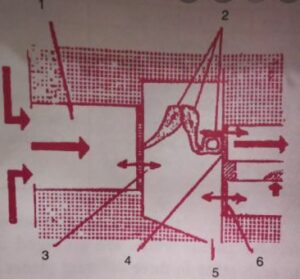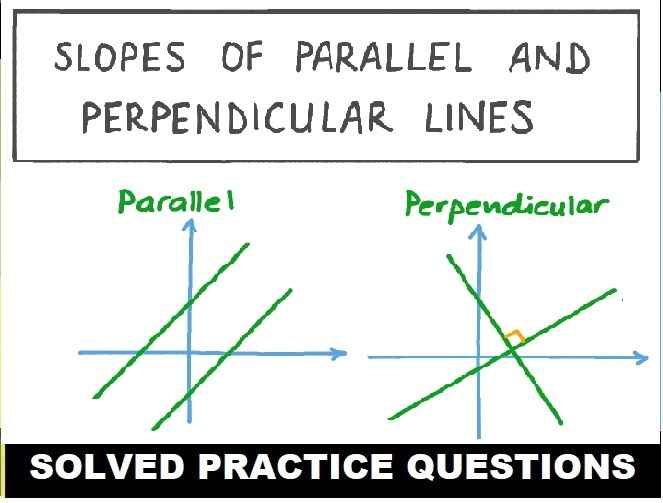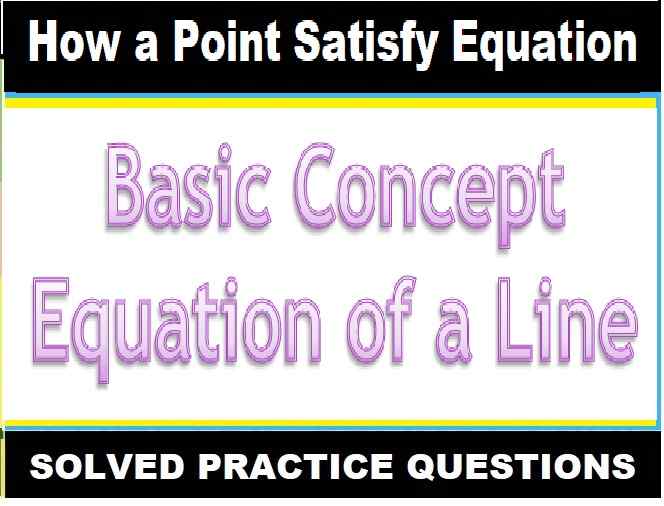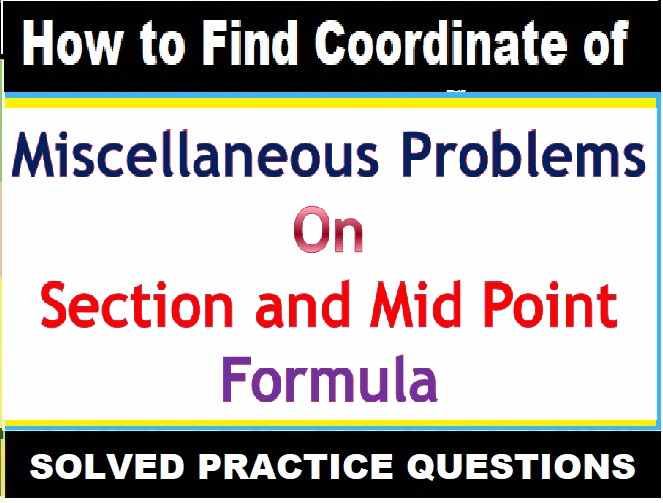Sense Organs ICSE Progress Check Class-10 Concise Selina Biology Solutions Chapter-11 . We Provide Step by Step Answer of Progress Check 1 and 2 , MCQs, Very Short Answer Type, Short Answer Type, Descriptive Answer Type Questions and Structured / Applications / Skill Type Questions of Exercise-11 Sense Organs ICSE Class-10 . Visit official Website CISCE for detail information about ICSE Board Class-10.
| Board | ICSE |
| Publications | Selina Publishers PVT LTD |
| Subject | Concise Biology |
| Class | 10th |
| writer | HS Vishnoi |
| Chapter-11 | Sense Organs |
| Topics | Solutions of Progress Check 1, 2 and MCQs, Very Short ,Descriptive and Structural/Skill Questions |
| Edition | 2021-2022 |
Sense Organs ICSE Progress Check Class-10 Concise Selina Biology
-: Select Topics :-
Progress Check 1
Progress Check 2
MCQs, Very Short ,Descriptive and Structural/Skill Questions
Progress Check-1
Sense Organs ICSE Class-10 Concise Selina Biology Solutions Chapter-11
Question 1
1. State the functions of the following :
(i) Eyelids
(ii) Eyelashes
(iii) Tears
(iv) Iris
(v) Ciliary muscles
Answer :
(i) Eyelids : They protect the front of the eyes and shut out the light entering into the eye.
(ii) Eyelashes : They prevent the falling of large particles into the eye.
(iii) Tears : Tears help in washing away the dust particles in our eye.
(iv) Iris : The thin and circular iris of the eye is responsible for controlling the diameter and size of the pupil and thus, the amount of light reaching the retina.
(v) Ciliary muscles : The ciliary muscle fibers in the eyes enable change in the lens shape for focusing light falling on the eyes.
Question 2
Write in proper sequence the names of all the parts of the human eye through which the light rays coming from an object pass before they form an image on the retina.
Answer :
The parts of the human eye through which the light rays coming from an object pass before they form an image on the retina are
Question 3
Name the following :
(i) Place of best vision in the retina of the eye
(ii) Place of no vision in the retina of the eye
(iii) Kind of retinal cells sensitive to dim light
(iv) The circular opening enclosed by iris
(v) The fibres which collectively hold the lens in position
(vi) Capacity of the eye to focus at different distances
(vii) The kind of lens required to correct near sightedness
(vi) The layer of the wall of the eye-ball that corresponds to the black lining of the box of a camera
Answer :
(i) Yellow Spot
(ii) Blind Spot
(iii) Rods
(iv) Pupil
(v) Suspensory ligaments
(vi) Accommodation
(vii) Concave lens
(viii) Choroid layer
Question 4
Give the reason for the following :
(i) Medicines dropped in the eye flow down into the nose
(ii) A person from bright sunlight outside enters a poorly lit room and feels blinded for a short while
(i) When medicine is dropped into the eyes, it passes into the back of the nose via the lacrimal punctum that leads to the nasolacrimal duct. This is the duct that connects the nose to the eyes.
(ii) When one enters a dim lit room with bright sunlight, it takes some time to see the objects. This is due to the fact that in bright sunlight the pupil of our eye is in the contracted form. So, when we enter the dim lit room, very little light enters our eye and we are unable to see properly. After a short time, the pupil of our eye expands or dilates and becomes large. Regeneration of rhodopsin leads to more light then entering the eye and we can see clearly.
Progress Check-2
Sense Organs ICSE Progress Check Class-10 Concise Selina Biology
Question 1
Categorise the following parts under (i) external, (ii) middle and (iii) internal ear.
Ear drum, hammer, pinna, cochlea, anvil, stirrup, eustachian tube, tympanum, oval window, semi-circular canals.
Answer :
(i) External ear : Pinna, Eardrum, Tympanum
(ii) Middle ear : Hammer, Anvil, Stirrup, Oval window, Eustachian tube
(iii) Internal ear : Semi-circular canals, Cochlea
Question 2
State the functions of the following :-
(i) Semi-circular canals
(ii) Cochlea
(iii) Auditory nerve
Answer :
(a) These are filled with fluid and are attached to cochlea and nerves. They send information on balance and head position to the brain.
(b) Cochlea is a spiral-shaped organ of hearing which transforms sound into signals that get sent to the brain.
(c) It drains the fluid from the middle ear into the throat behind the nose.
Question 3
Mention if the following statements are true (T) or false (F)
(i) Human ear is concerned with hearing only. T/F
(ii) Pinna concentrates and directs sound waves towards tympanum. T/F
Answer :
(i) False – Human ear is concerned with hearing and balancing.
(ii) True – Pinna increase area
Question 4
Given below is a diagrammatic representation of a part of the human ear.
(i) Name the parts numbered 1-6.
(ii) Which parts of the ear shown here are complete.

Answer :
(i)
1- Auditory canal
2- Ear ossicles (hammer, anvil, stirrup)
3- Ear drum or Tympanum
4- Oval window
5- The opening of the Eustachian tube
6- Round window
(ii) The part of the ear that is shown here in complete is the middle ear.
Return to Concise Selina ICSE Biology Class-10
Thanks



This helped me so much actually. Thank you 🤍